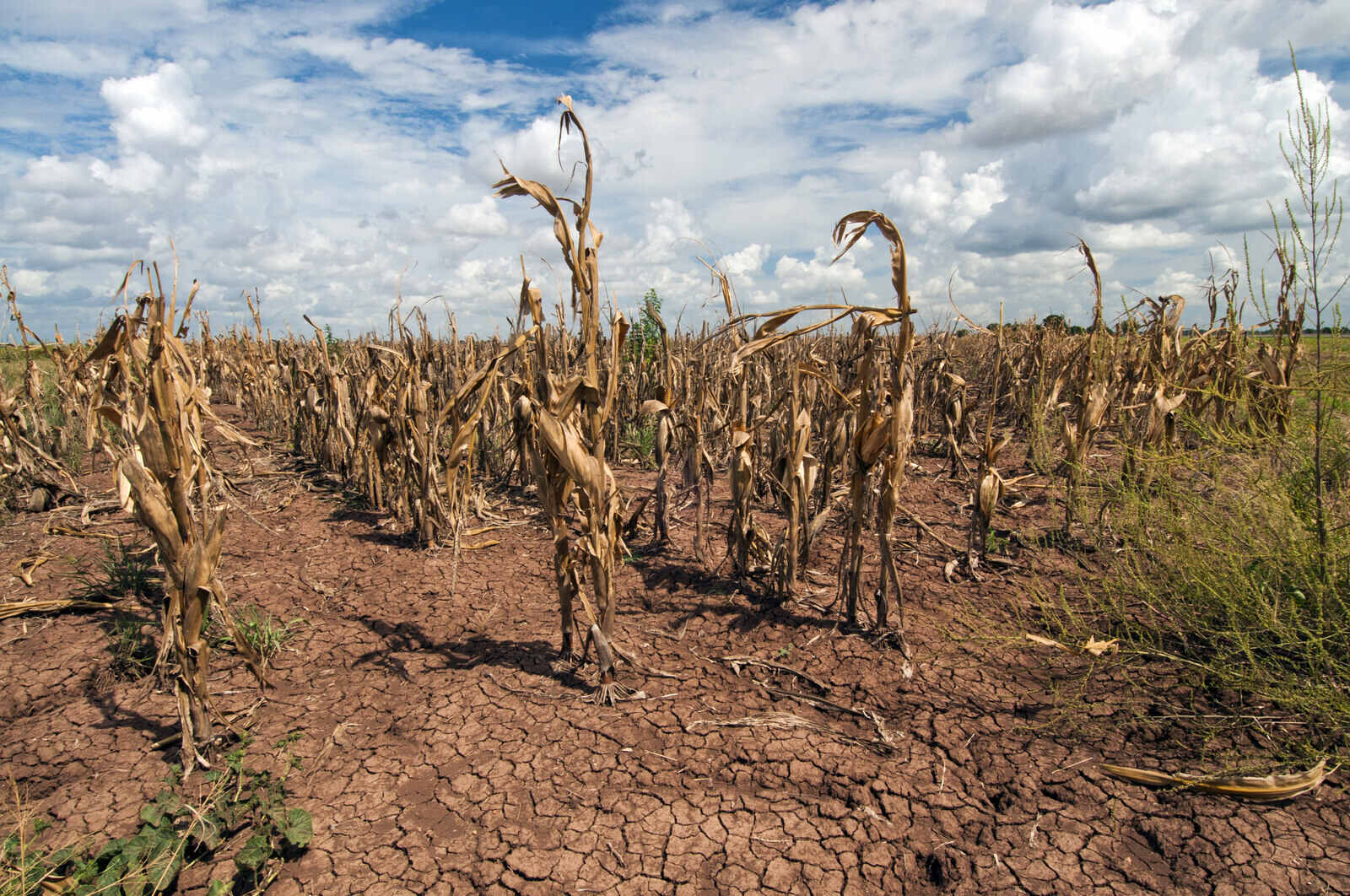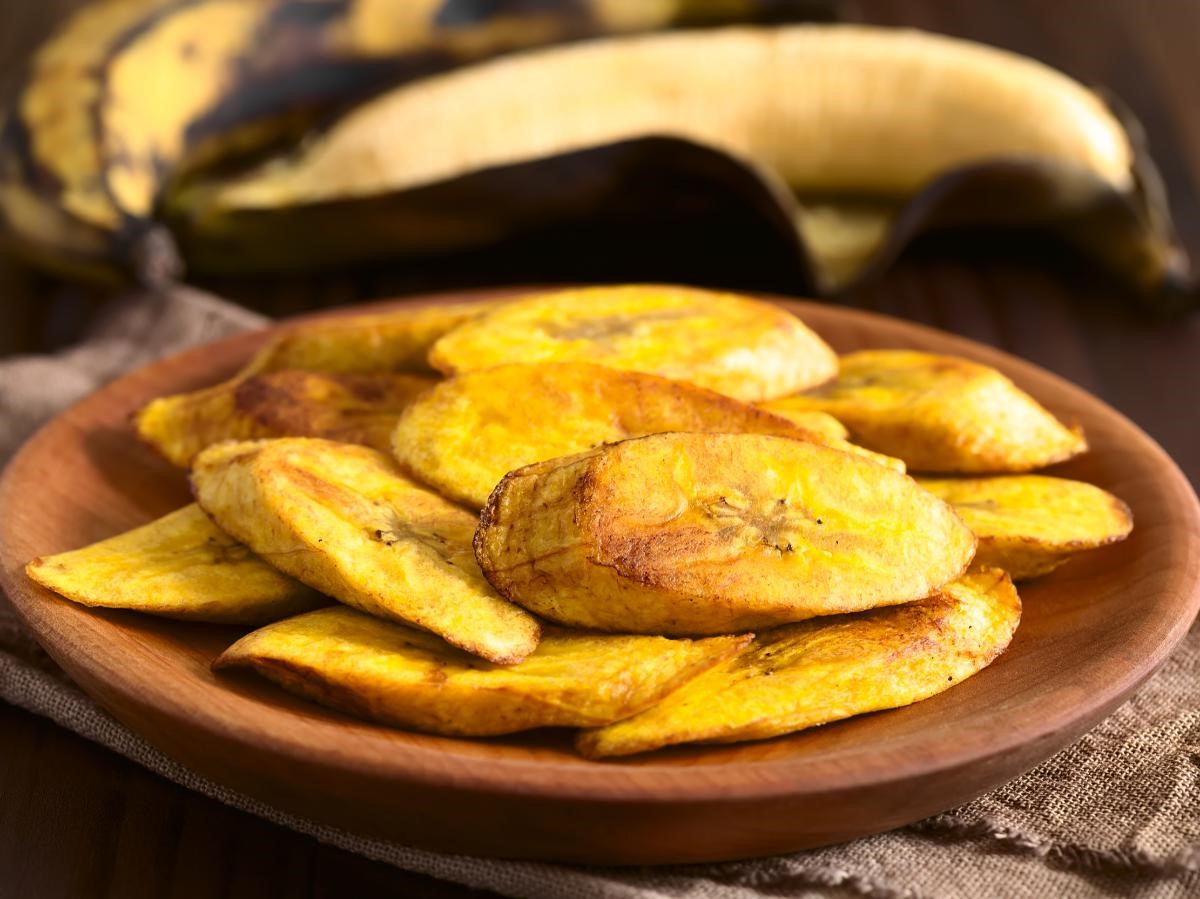
The El Niño-Southern Oscillation (ENSO) is a fascinating weather phenomenon that has intrigued scientists and weather enthusiasts alike for decades. It refers to the complex interaction between the atmosphere and the ocean in the tropical Pacific that can lead to significant climate patterns across the globe. El Niño and La Niña, the two opposite phases of ENSO, have the power to disrupt weather patterns, bringing about extreme conditions such as droughts, floods, and hurricanes.
In this article, we will explore 20 unbelievable facts about El Niño-Southern Oscillation (ENSO) that will not only enhance your understanding of this natural phenomenon but also leave you in awe of its immense power. From its discovery and historical impacts to the jaw-dropping consequences it has on global weather patterns, get ready to unravel the secrets of ENSO like never before.
Key Takeaways:
- El Niño-Southern Oscillation (ENSO) is a complex climate pattern that can cause extreme weather events like droughts, floods, and heatwaves around the world.
- ENSO events, like El Niño and La Niña, can impact everything from agriculture and fishing to global climate change patterns, making it crucial for scientists to study and predict their effects.
El Niño-Southern Oscillation (ENSO) is a complex climate pattern.
ENSO refers to the periodic changes in temperature and atmospheric pressure in the tropical Pacific Ocean. It is known for its ability to influence weather patterns around the globe.
El Niño occurs when the sea surface temperatures in the central and eastern Pacific Ocean become unusually warm.
This phenomenon disrupts normal atmospheric circulation patterns, resulting in altered weather patterns in different regions.
La Niña is the opposite of El Niño.
During La Niña, the sea surface temperatures in the same region become unusually cool. This leads to its own set of distinct weather patterns.
ENSO events can last for several months to a few years.
They typically occur every two to seven years, but the timing and intensity can vary.
El Niño got its name from Spanish-speaking fishermen in Peru.
The term “El Niño” translates to “the little boy” in Spanish and was given because it often occurs around Christmas.
El Niño and La Niña have a profound impact on global weather.
They can cause droughts, floods, heatwaves, and even alter hurricane patterns in different parts of the world.
ENSO events can disrupt marine ecosystems.
The changes in ocean temperatures can affect the distribution and abundance of fish and other marine life.
ENSO has been linked to impacts on agriculture.
Certain regions may experience reduced crop yields or changes in growing conditions due to the altered weather patterns associated with ENSO events.
The strength and duration of El Niño or La Niña can vary.
Some events are relatively weak and short-lived, while others can be exceptionally strong, causing widespread impacts.
Climate models are used to predict the likelihood of ENSO events.
Scientists analyze various factors such as sea surface temperatures, atmospheric pressure, and wind patterns to forecast the development and strength of El Niño or La Niña.
ENSO events can influence global climate change patterns.
They can contribute to variations in global temperature patterns and affect the long-term distribution of heat in the atmosphere and oceans.
El Niño can lead to reduced hurricane activity in the Atlantic Ocean.
The altered atmospheric circulation patterns can create unfavorable conditions for hurricane development in the Atlantic region.
The impacts of ENSO can extend beyond weather and climate.
They can affect economies, public health, and even political stability in some regions.
The Pacific Decadal Oscillation (PDO) can enhance or counteract the effects of ENSO.
PDO is a longer-term climate pattern that can modify the impacts of El Niño or La Niña events.
ENSO can influence global sea surface temperatures.
During El Niño, the ocean absorbs less heat, leading to lower global sea surface temperatures. The opposite occurs during La Niña.
ENSO events can impact the fishing industry.
The changes in ocean temperatures and currents can affect the distribution and availability of fish, impacting commercial and recreational fishing activities.
El Niño and La Niña events are monitored by meteorological agencies worldwide.
These agencies provide regular updates and forecasts to help communities and industries prepare for potential impacts.
ENSO events have been observed for hundreds of years.
Historical records, such as tree rings, sediment cores, and coral growth patterns, provide evidence of past ENSO events and their impacts.
ENSO can impact oceanic ecosystems.
Changes in ocean temperatures and upwelling patterns can disrupt nutrient availability, affecting the productivity of marine ecosystems.
Scientists continue to study and improve their understanding of ENSO.
Ongoing research helps refine climate models and improve predictions of ENSO events, leading to better preparedness and mitigation strategies.
Conclusion
In conclusion, El Niño-Southern Oscillation (ENSO) is a fascinating weather phenomenon that has significant impacts on global climate patterns. From changing sea surface temperatures to altering rainfall patterns, ENSO plays a crucial role in shaping weather conditions around the world.
Understanding the complex dynamics of ENSO is vital for meteorologists, scientists, and policymakers alike. By studying the various phases of ENSO, such as El Niño and La Niña, we can better predict and prepare for the associated weather extremes, including droughts, floods, and hurricanes. Furthermore, comprehending the connection between ENSO and the global climate system is essential for addressing climate change and developing effective mitigation strategies.
As we continue to monitor and study ENSO, we unlock new insights into how our planet’s climate works. By staying informed about this powerful climate driver, we can better navigate the complexities of our changing world and work towards a more resilient and sustainable future.
FAQs
Q: What is El Niño-Southern Oscillation (ENSO)?
A: El Niño-Southern Oscillation (ENSO) is a climate pattern that occurs in the tropical Pacific Ocean. It is characterized by the irregular changes in sea surface temperatures and atmospheric pressure, which influence global weather patterns.
Q: What causes El Niño and La Niña?
A: El Niño occurs when warm oceanic waters in the Pacific Ocean move eastward towards the coast of South America, disrupting normal weather patterns. La Niña, on the other hand, refers to cooler-than-normal sea surface temperatures in the eastern tropical Pacific.
Q: How long does El Niño or La Niña typically last?
A: El Niño and La Niña events can last anywhere from 9 months to 2 years, but their intensity and duration can vary.
Q: What are the impacts of El Niño and La Niña?
A: El Niño can lead to increased rainfall in some regions and droughts in others. It can also influence tropical cyclone activity and cause disruptions in fisheries and agriculture. La Niña, on the other hand, usually brings drier conditions to the western Pacific and Southeast Asia.
Q: Can El Niño-Southern Oscillation (ENSO) be predicted?
A: While ENSO events are difficult to predict with complete accuracy, scientists use a variety of tools and models to forecast the likelihood of El Niño or La Niña conditions. These predictions can provide valuable information for industries, governments, and communities to prepare for potential climate impacts.
Was this page helpful?
Our commitment to delivering trustworthy and engaging content is at the heart of what we do. Each fact on our site is contributed by real users like you, bringing a wealth of diverse insights and information. To ensure the highest standards of accuracy and reliability, our dedicated editors meticulously review each submission. This process guarantees that the facts we share are not only fascinating but also credible. Trust in our commitment to quality and authenticity as you explore and learn with us.


